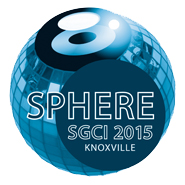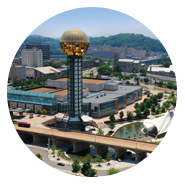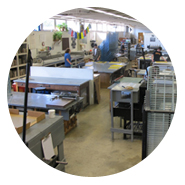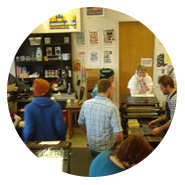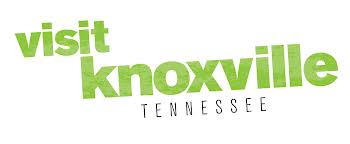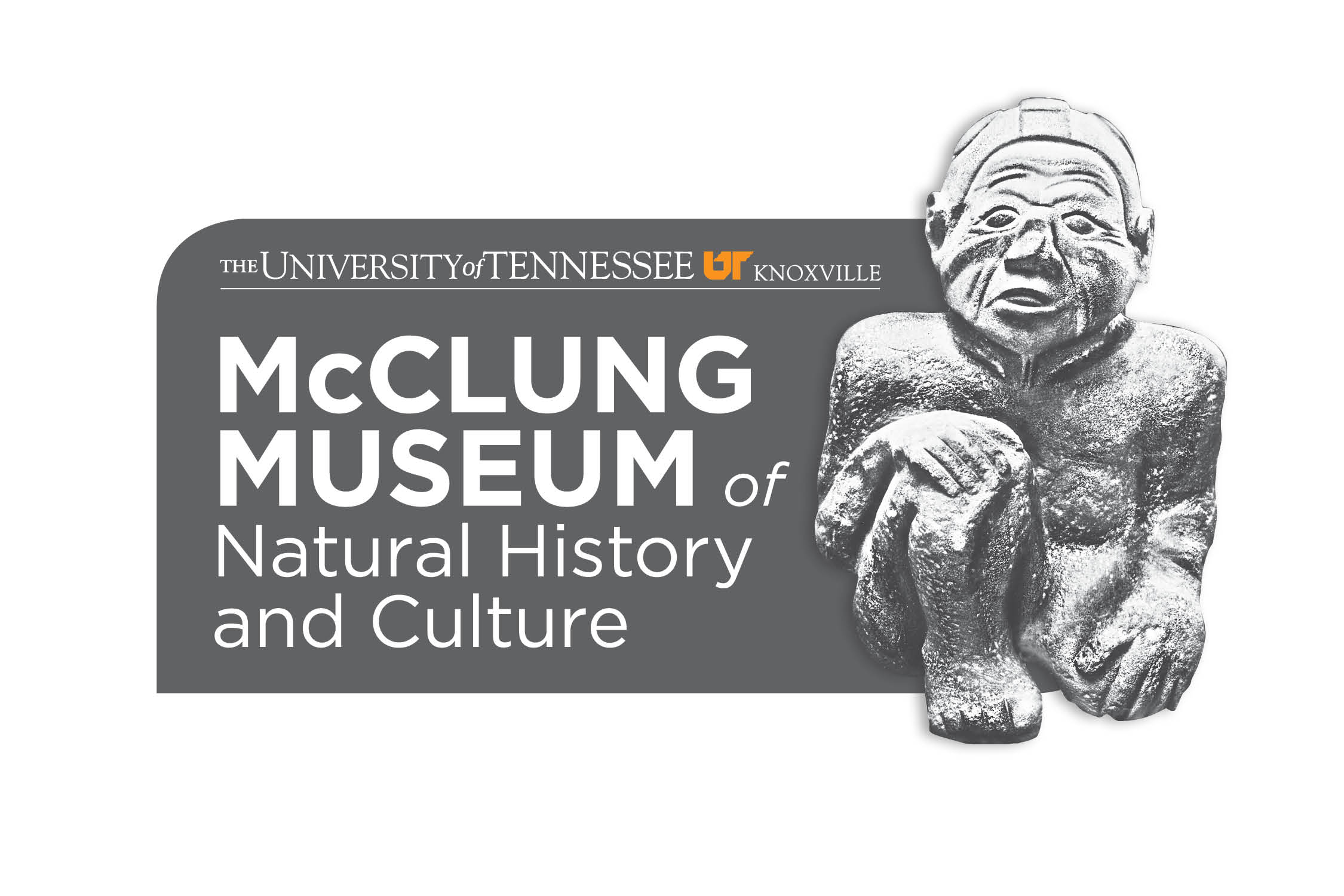panel session D1
ART, SCIENCE AND THE HISTORICAL PERSPECTIVE
IN CONTEMPORARY PRINTMAKING
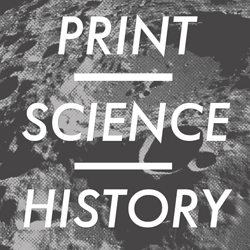
THURSDAY MARCH 19, 3:30-5:00PM
KNOXVILLE CONVENTION CENTER BALLROOM ABC
Session Chair: Anna Reser, University of Oklahoma, Norman, Oklahoma, USA
Email: areser@ou.edu
This panel invites broad consideration of the historical dimensions of art and science, from the perspective both of the scholar and the practicing artist. We will discuss the ways in which contact with the past can be enriched by exposure to the current practice of printmaking, and the experience and practical expertise of the printmaker can contribute to the historian’s endeavor. Contributors should imagine ways in which the “spheres” of art and science can be made one, and how engagement with the history of both science and the craft of printmaking can open new kinds of discourse for artists and historians. Historians of art, historians of science, and practicing printmakers are encouraged to contribute papers, presentations or reports on relevant interdisciplinary projects with which they are involved.
Panel Chair and Presenter 1: Anna Reser, University of Oklahoma, Norman, Oklahoma, USA
Paper Title: Stoned Moon: Printmaking and Nasa
Robert Rauschenberg, perhaps more than any other twentieth-century artist, has left a legacy that any serious printmaker ust try to understand. His practice as an artist and collaborator, and his position in the pantheon of the avant-garde have rendered him a formidable force in the history of art and printmaking. Rauschenberg's relationship to technology, especially NASA, should make his work of interest to historians of science as well. AS a founding member of Experiments in Art and Technology, and an enthusiastic supporter of the American space program, Rauschenberg is a central figure in mid-century culture. After a visit to NASA in 1969 to witness Apollo 11's mission to the moon, Rauschenberg produced a series of prints, Stoned Moon Series, at Gemini GEL. This work especially provides a perspective on printmaking in the 60s an its perhaps unexpected ties to the most iconic government project of the twentieth century.
Presenter 2: Lindsay Clark-Ryan Smith College,, Northampton, Massachusettes, USA
Paper Title: Moon Collection
Our understanding of the cosmos is, by necessity, mediated largely through a graphic interface. Even our cultural understanding of the Moon, our closest neighbor, has a two-dimensional sensibility underlying its pervasive role in human societies. My recent, ongoing project, Moon Collection, explores different ways of representing or implying such a culturally recognizable figure while mirroring scientific collection practices within the process and ephemera of printmaking itself. Printmaking exists at the intersection of images, communication, and the history of technology, and while this project delights in finding and inventing new versions of the moon, it investigates the notion of what can be used to imply such a culturally significant feature of our Solar System.
Presenter 3: Darian Goldin Stahl, The University of Alberta, Edmonton, Alberta, Canada
Paper Title: Lived Scans
This paper discusses the collaborative practice between printmaker Darian Goldin Stahl and her sister, a Bioethicist who also has multiple sclerosis. Their goal is to create prints that speak to the lived experiences of the chronically ill by giving context to MRI scans. This project was inspired by Vesalius’ woodcuts because of their ability to inform the viewer on how philosophy shaped his view of the medical body.
Presenter 4: Brian Dunn, University of Oklahoma, Norman, Oklahoma, USA
Paper Title: The Archive and the e=Edition: Scientific Activity and Printmaking Practice
Societies’ consumption of scientific innovations is constantly growing, the need for things like medicine and technologies to function as prosthetic devices to ease workload are fairly obvious. While at the same time the necessity for knowledge pertaining to the fine arts especially printmaking seems to be constricting, the same level of in depth specialization that yields innovation within the scientific disciplines is rarely seen in fine arts education, in favor of a more holistic approach. Can printmaking use science as a platform to seek new and innovative ways of making multiples? Where do the fields of science and printmaking already share connection and how can these links enhance to practice of both fields? How can these existing connections be reinforced to bolster the research efforts of both science and printmaking? Is there added benefit for the printmaking field to view itself as a scientific venture?
